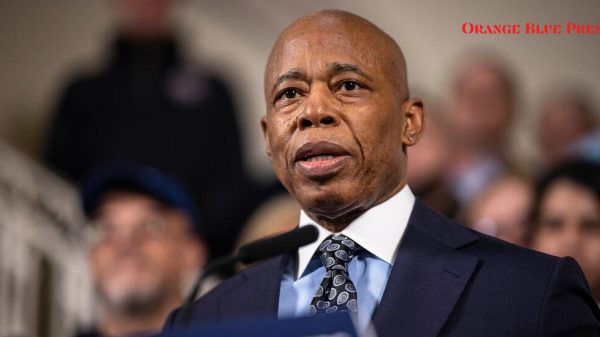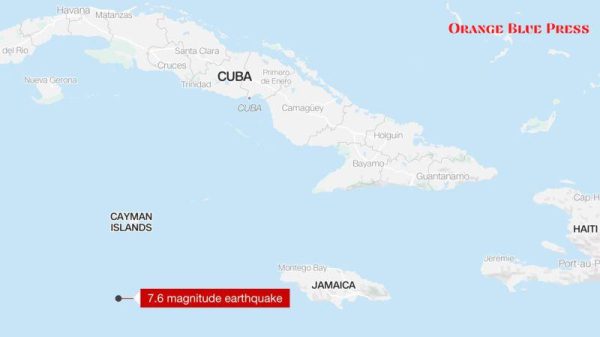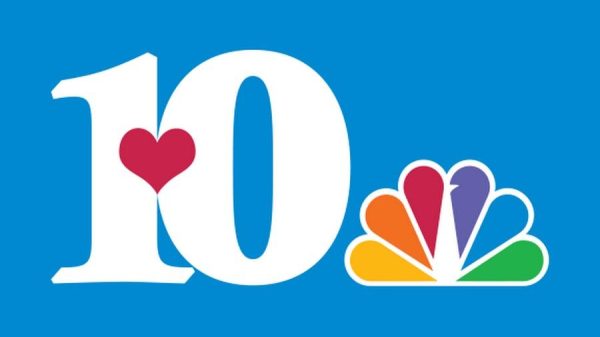On January 10, the Education Department released the details of its revised income-driven repayment plan.

(Photo: Brooking)
The draft rules, which are now available for public comment, depict the most generous undergraduate student loan repayment plan:
- Borrowers earning less than $32,800 individually, or $67,500 for a family of four, would have no monthly payments.
- Most other borrowers’ payments would be reduced by at least half.
- Students who borrow less than $12,000 would have their remaining balances paid off after ten years rather than 20 to 25 years.
The new repayment plan and many other provisions of the Biden administration’s massive student loan relief effort were sketched out in August. The majority of attention has been focused on the legal fate of student debt cancellation — the removal of up to $20,000 from the balances of millions of borrowers.
While Biden’s debt cancellation plan would benefit existing borrowers only once, this revised IDR could help current and future college students.
READ ALSO: The New Student Loan Repayment Plan Under Biden’s Administration

(Photo: Urban Institute)
How existing income-based repayment plans function
Income-driven repayment plans are determined by a borrower’s income rather than the amount borrowed. Payments do not always cover all of the interest that accrues. The remaining balance is forgiven after a certain number of payments.
Unpaid interest accumulates over time and is added to the borrower’s balance with penalties after certain qualifying events. Borrowers who request a month of forbearance — say, because they lost their job and need to skip a payment — have the missed payment added back to their principal and every penny of interest that has accrued over the years.
What makes the new IDR plan unique
The repayment options are more straightforward, leading borrowers to benefit from less option overload.
Because previous iterations were not retired when new ones were introduced, the government now offers five IDR plans. It updates the popular Revised Pay As You Earn (REPAYE) program. Moreover, the department will phase out or restrict new enrollments in three other repayment plans.
Currently, income-driven repayment plans are calculated by the Education Department based on discretionary income — your household income is less than 150% of the federal poverty guideline for your family size and location.
READ ALSO: Student Loan Might Be Paying $0 Payments Under Biden’s REPAYE Program – Here’s What You Need To Know




















